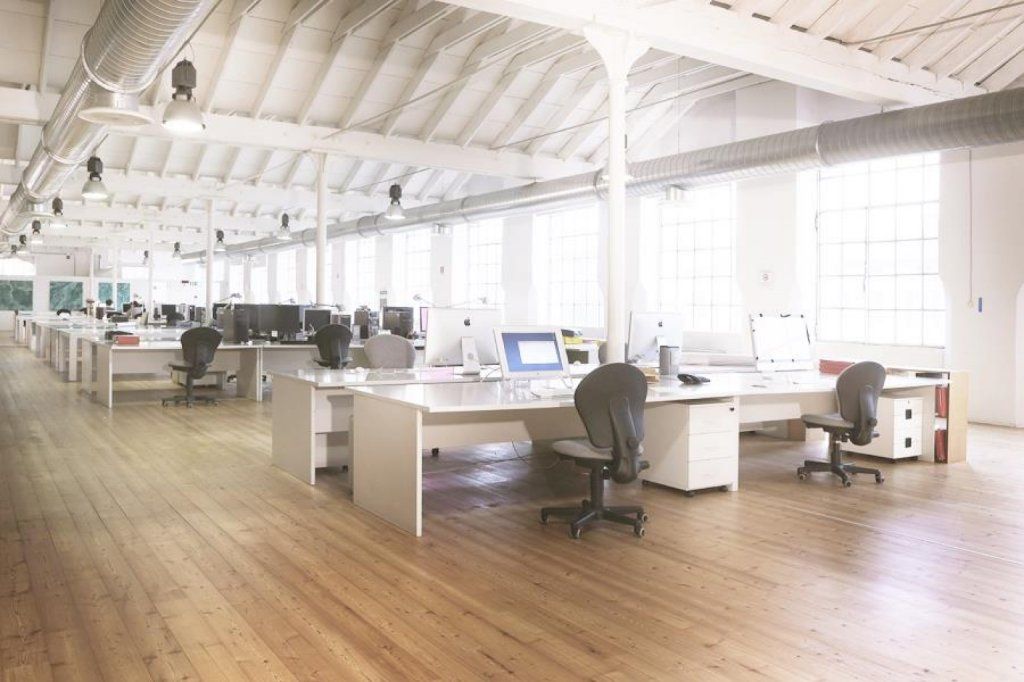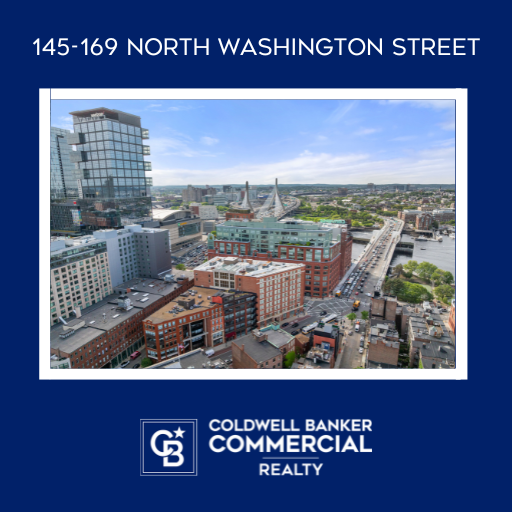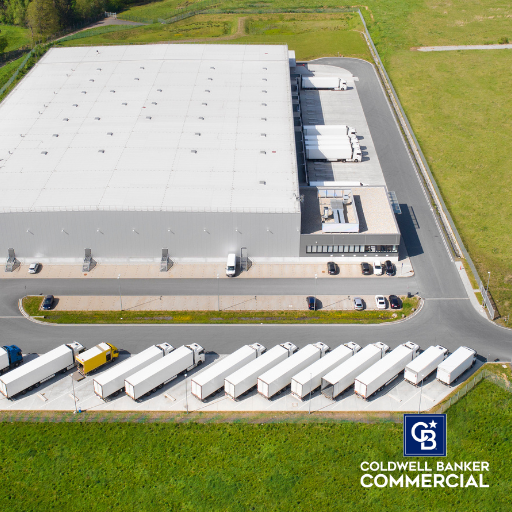Is the Open Office Concept a Goner?

Open offices were a big deal and are much-hyped thanks to tech companies such as Google and other startups looking for something different —a more collaborative environment. However, it seems the verdict is in and open concept offices are not being so well received these days. Just one simple Google search for “open concept office” and most of the results are negative articles about open office concepts. One article even proclaiming that “Google got it wrong.”
In theory, the open office setup was supposed to garner more creativity and collaboration among employees which in some cases it most likely did as in the example given by Forbes for the company W&P Design where an idea for a cookbook was overheard and the ideas started flowing from all over the room and led to a full finished product set to hit shelves. That is the ideal result of open concept offices but going through the multiple negative articles it seems that the biggest downfall of open concept offices is the lack of privacy.
The Washington Post even went as far to say that “The open-office trend is destroying the workplace.” They also cite a lack of privacy being the big factor in the open office concept not succeeding.
With many distractions, such as other co-workers talking, playing music or working on other projects it is tough to fully concentrate at times. Therefore, in many instances productivity is actually decreasing whereas open concept believers had the thinking that productivity would increase due to the increase in visibility and less opportunity to hide out and not do work. While co-worker relationships may be thriving because there is more interaction, that does not necessarily mean that it is meaningful interaction for the business.
To combat the lack of privacy, some companies are adapting the policy that if a worker has headphones in that they are not to be disturbed. Even at time employees may not be listening to music but want to be left alone so they put on their headphones. Another solution is to provide more private space while still maintaining the open concept. This allows the collaboration to happen in one area but also gives employees a place to break off to if they need time to concentrate or work on something in quiet without any distractions.
There is also the idea of creating a schedule for when employees will be in the open office area and when they will be in a private area. For many companies the open office concept may not just be a good fit if creative collaboration is not needed on all levels of the company.
For CRE it means that flexible office space is becoming even more important and the idea of office space that can easily adapt to a company’s needs can be an attractive selling point. If a space can go from open concept to more private quite easily then it can give the company more flexibility to experiment with what works best for them and their culture.
A Trusted Guide in Commercial Real Estate
Coldwell Banker Commercial® provides Commercial Real Estate Services from Property Sales and Leases, to Property Management. Learn how our expansive network of Independently Owned and Operated Affiliates and Real Estate Professionals use their in-depth knowledge of the local market and industry trends to help businesses and investors navigate the complexities of the commercial real estate landscape.






